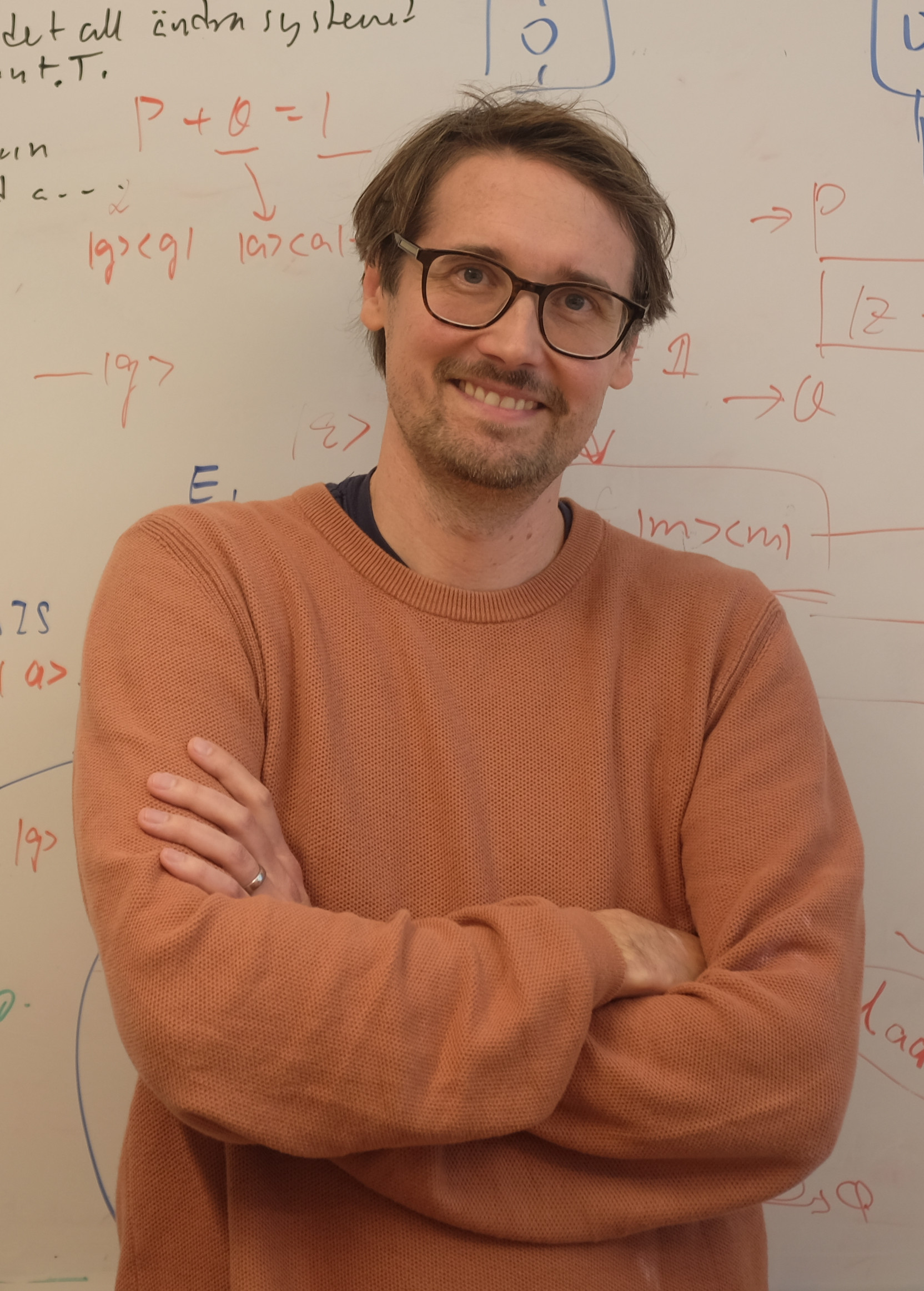New key to the world of quantum mechanics: the intensity of light affects electrons’ kinetic energy
Particles, sometimes a long way from one another, can be entangled. This strange phenomenon completely confounds our intuition, but the explanation for it has been provided through quantum mechanics. Researchers at Lund University’s Faculty of Engineering (LTH) show in a new study that entanglement can also be created in a new way, with the help of intense light, and that they can change the kinetic energy of electrons by using this method. This creates new understanding of the photoelectric effect.
Jonas Andersson – Published 22 April 2024

In 1921, Albert Einstein was rewarded with the Nobel Prize in Physics for his explanation of the photoelectric effect, where the influence of light on the kinetic energy of electrons was in focus. He demonstrated that when a material is irradiated by high-frequency light, free electrons with high kinetic energy are produced. The principle is very useful, since it makes it possible to determine how firmly electrons are bound to various systems (such as atoms, molecules and solid matter), and thus enables us to understand the structure of various materials.
“Now our study demonstrates that this effect is not only down to the frequency of the light but its intensity too, which results in electrons with two different energies, despite the light only having a single frequency,” explains Marcus Dahlström, researcher in mathematical physics and one of the authors of the study, now published in Science Advances.
Ultra-short pulses of light
In the study, which combines experiment and theory, the researchers explain that the phenomenon arises from entanglement of particles. Using this approach, the international research team have demonstrated that entanglement can be created in a new way, using laser pulses.
In the experiment, helium atoms were irradiated with high-intensity light from a free-electron laser in Trieste, Italy. The laser’s ultrashort light pulses caused a photoelectron and an ion (a positively charged atom) to become entangled. In other words, researchers showed that they could see how the laser affected the ion by measuring the electron’s kinetic energy.
“By ‘dressing’ these ions in light, we can show that they behave in new ways that can only be described as a hybrid of matter and light. At the same time, the electrons’ energy is affected, resulting in electrons with different energies. This is a mechanism that cannot be understood using concepts from our classical world, yet one that quite naturally follows from the mathematical structure of quantum mechanics,” says Marcus Dahlström.
Lasting effect
The 2022 Nobel Prize was awarded to Alain Aspect, John Clauser and Anton Zeilinger for experiments that showed entanglement of light particles and for trailblazing research within quantum information. They showed that two particles can belong together in one unit even when they are separated. What happens to one of the particles in an entangled particle pair determines the fate of the other particle, even if they are separated from each other by a great distance.
“In our work we explain that entanglement can also be created between massive particles when they are dressed in light and that this effect endures despite the particles being separated from each other.”
Do your results disprove the photoelectric effect?
“No, not really, since when the ion is dressed in light, a new system is formed that is equivalent to two possible binding energies for the electron. According to quantum mechanics, the electron will therefore receive two different kinetic energies at the same time. Thanks to this entanglement, we can obtain information about the ion’s state by measuring the qualities of the electron. In the future, this will make it possible for us to better understand how an atom’s surroundings affect quantum entanglement and that will in turn lead to more reliable quantum technologies.”

Marcus Dahlström is a researcher in mathematical physics.
